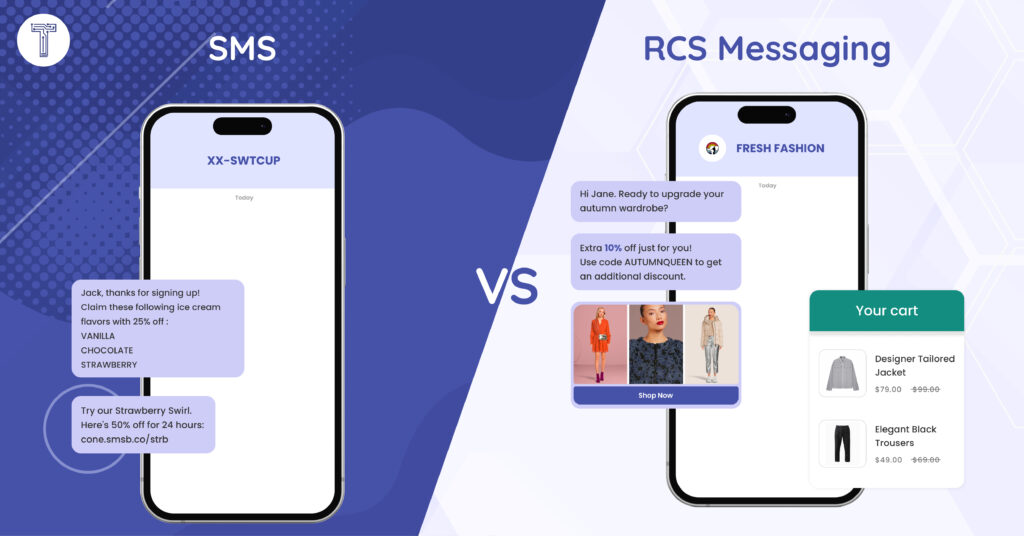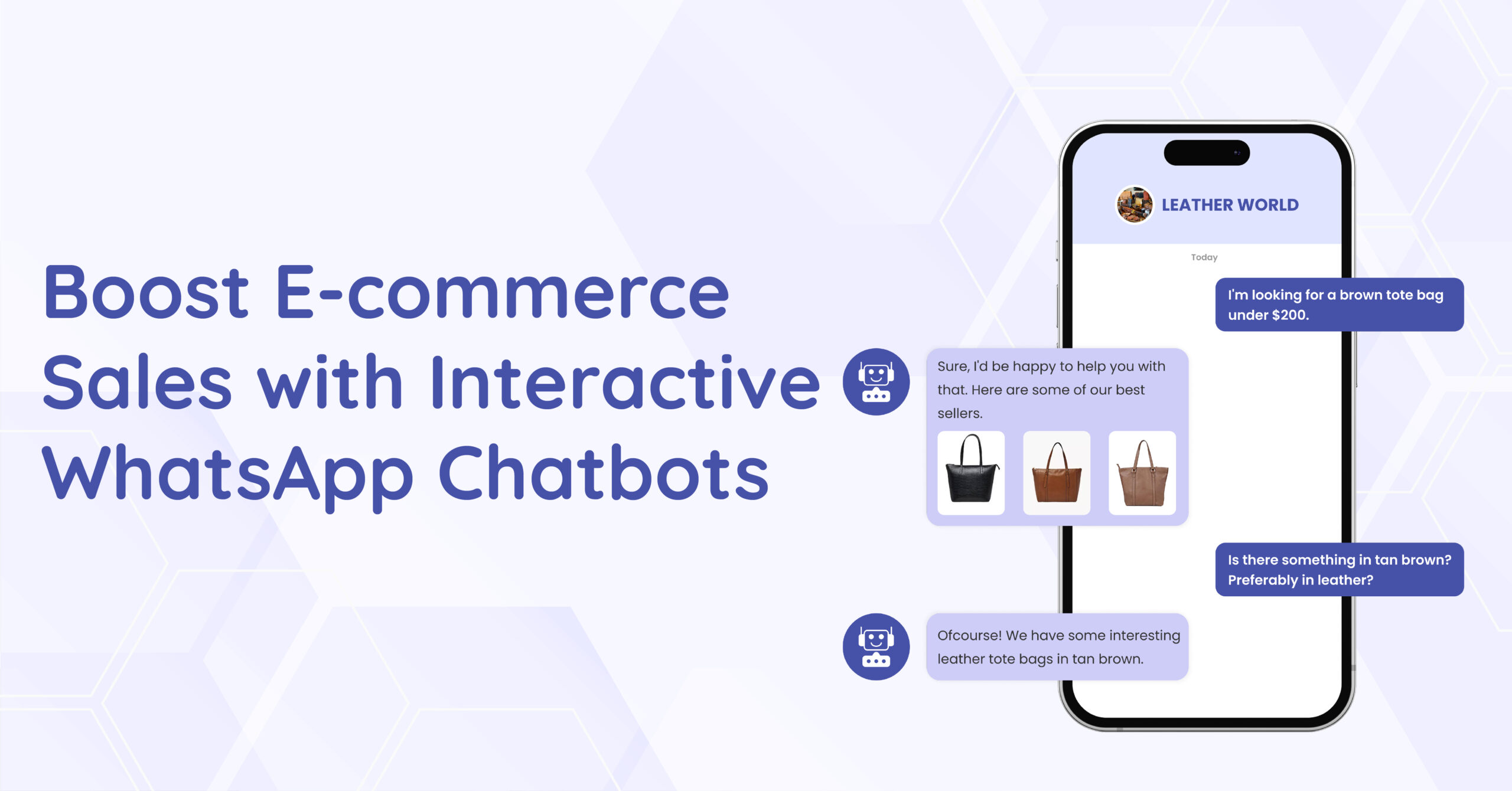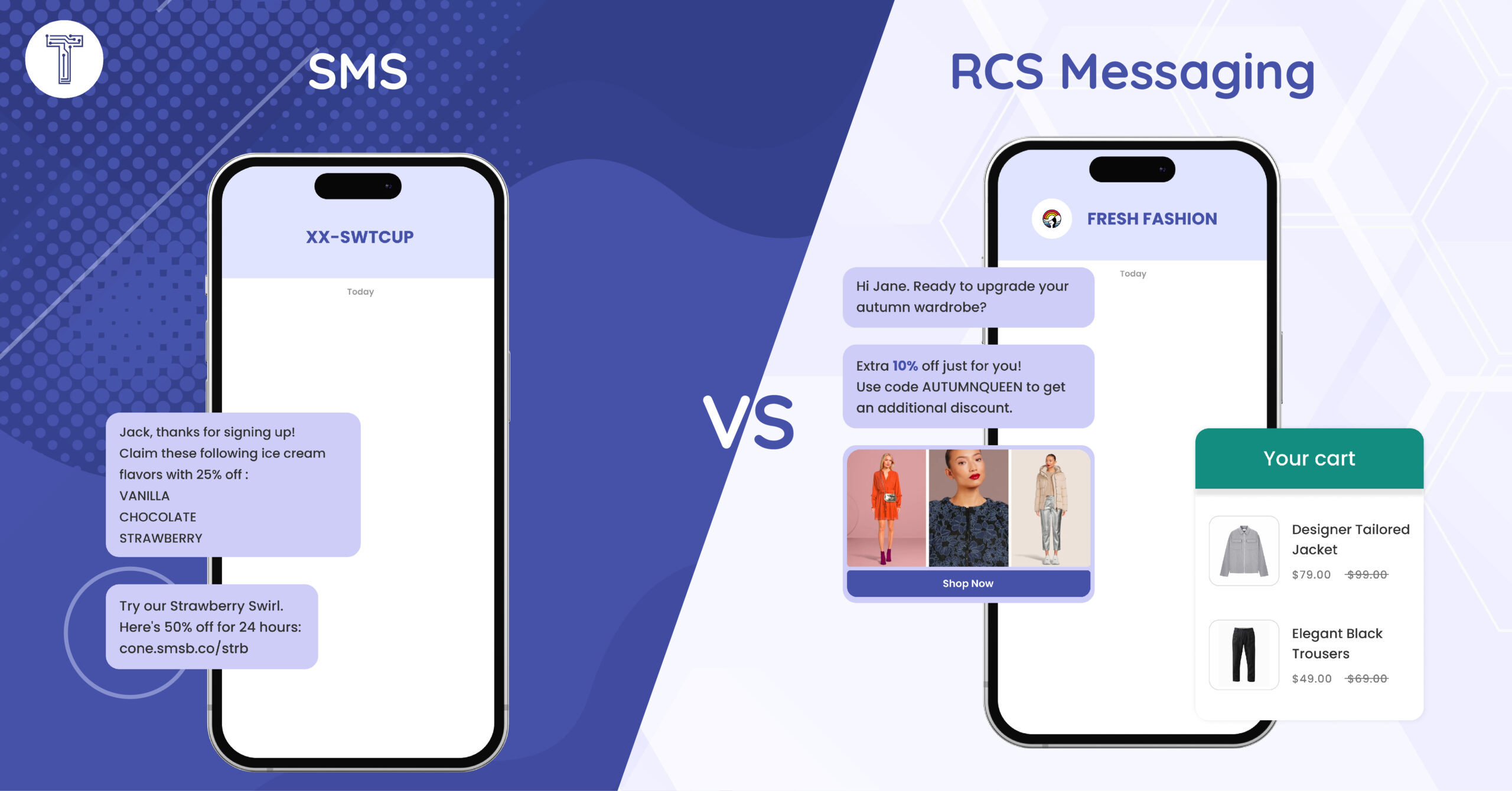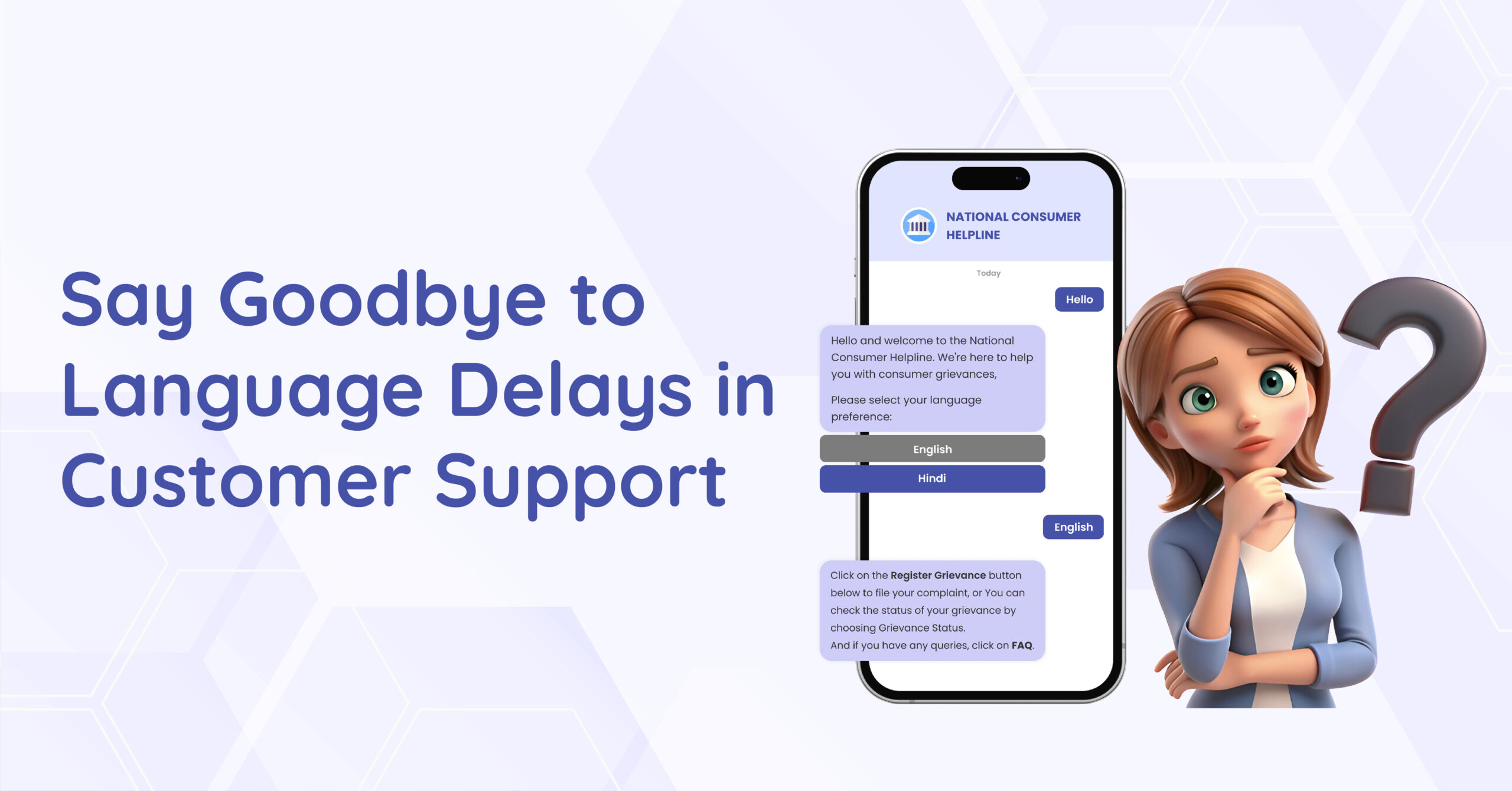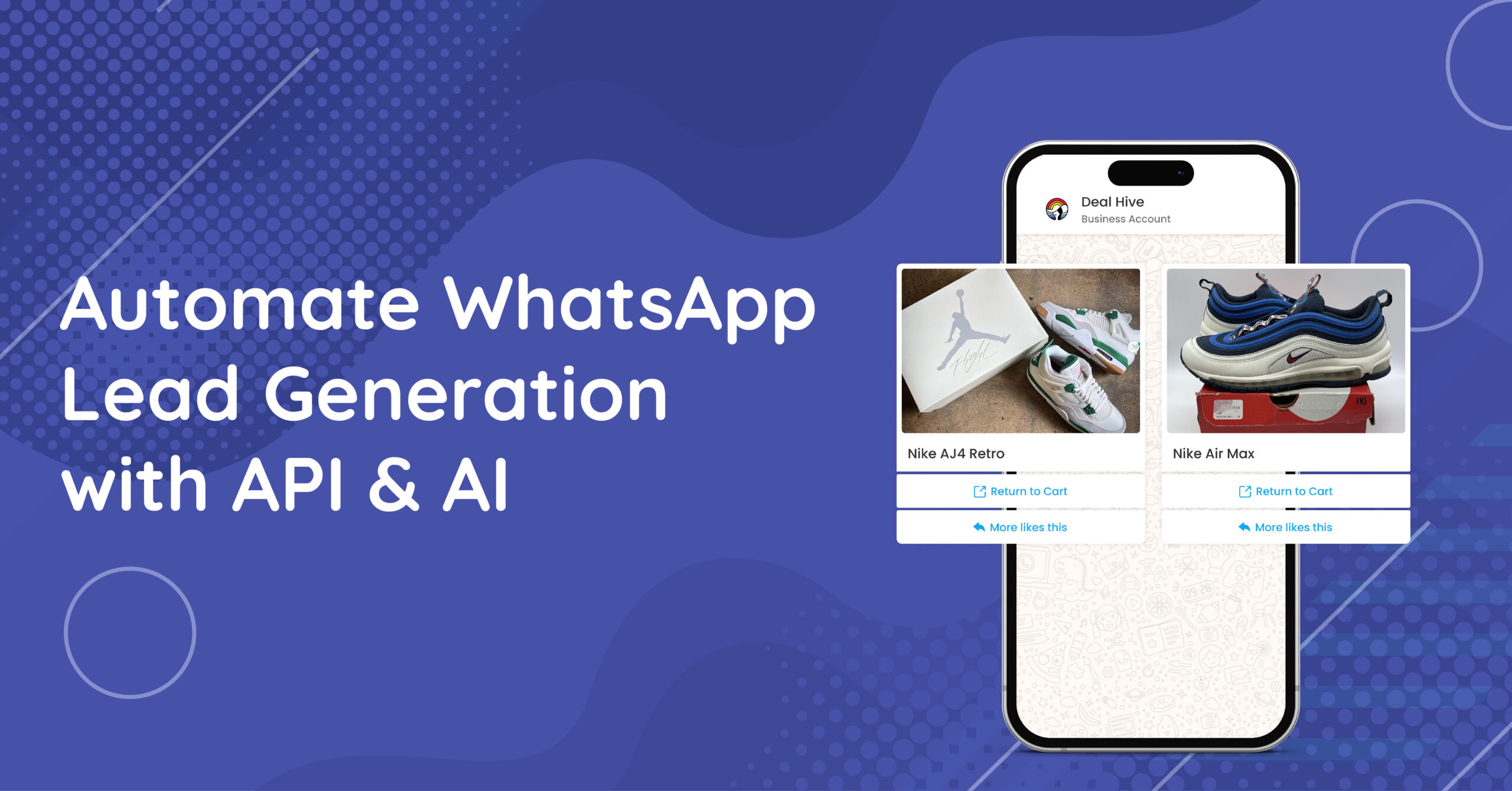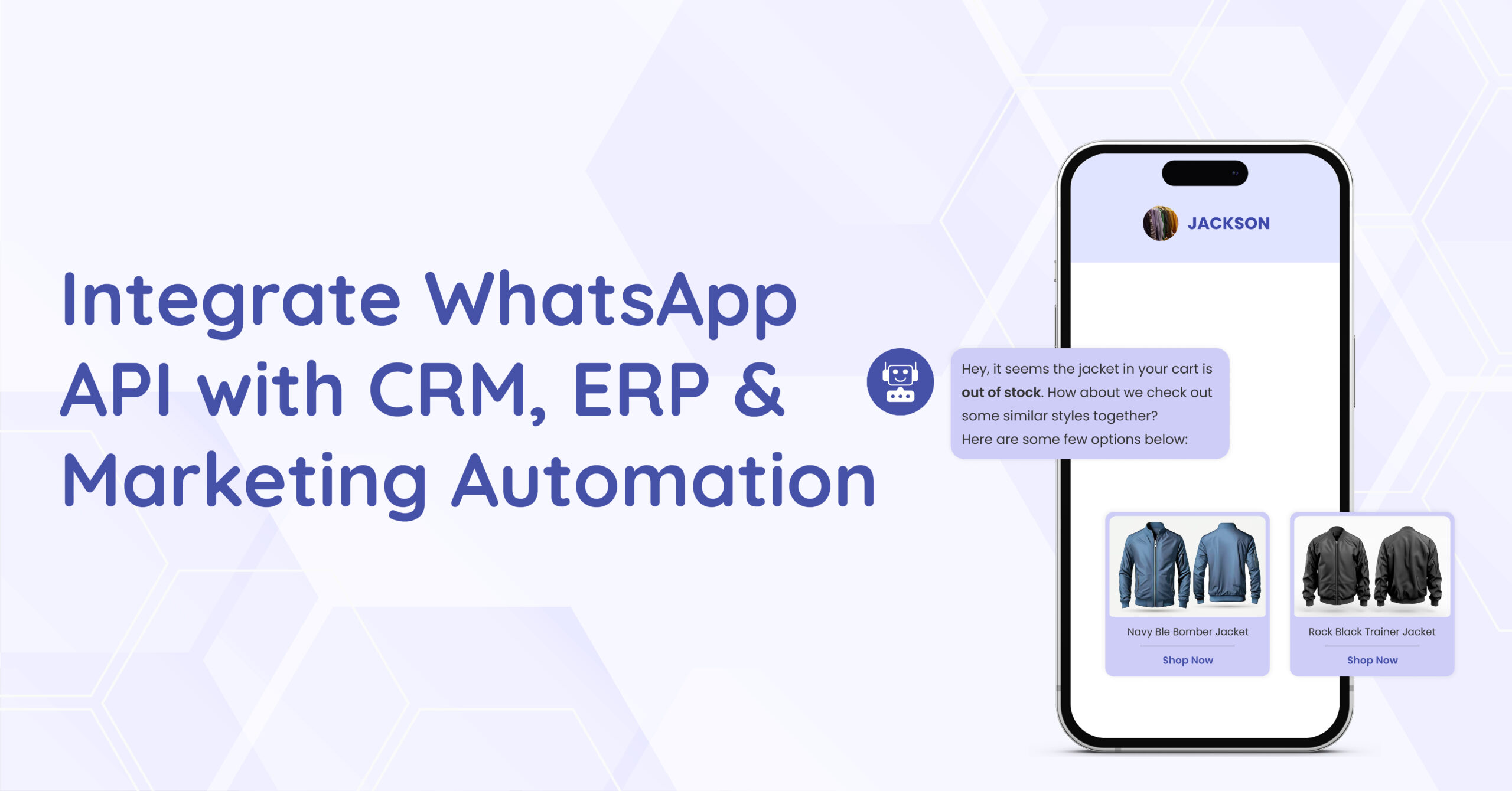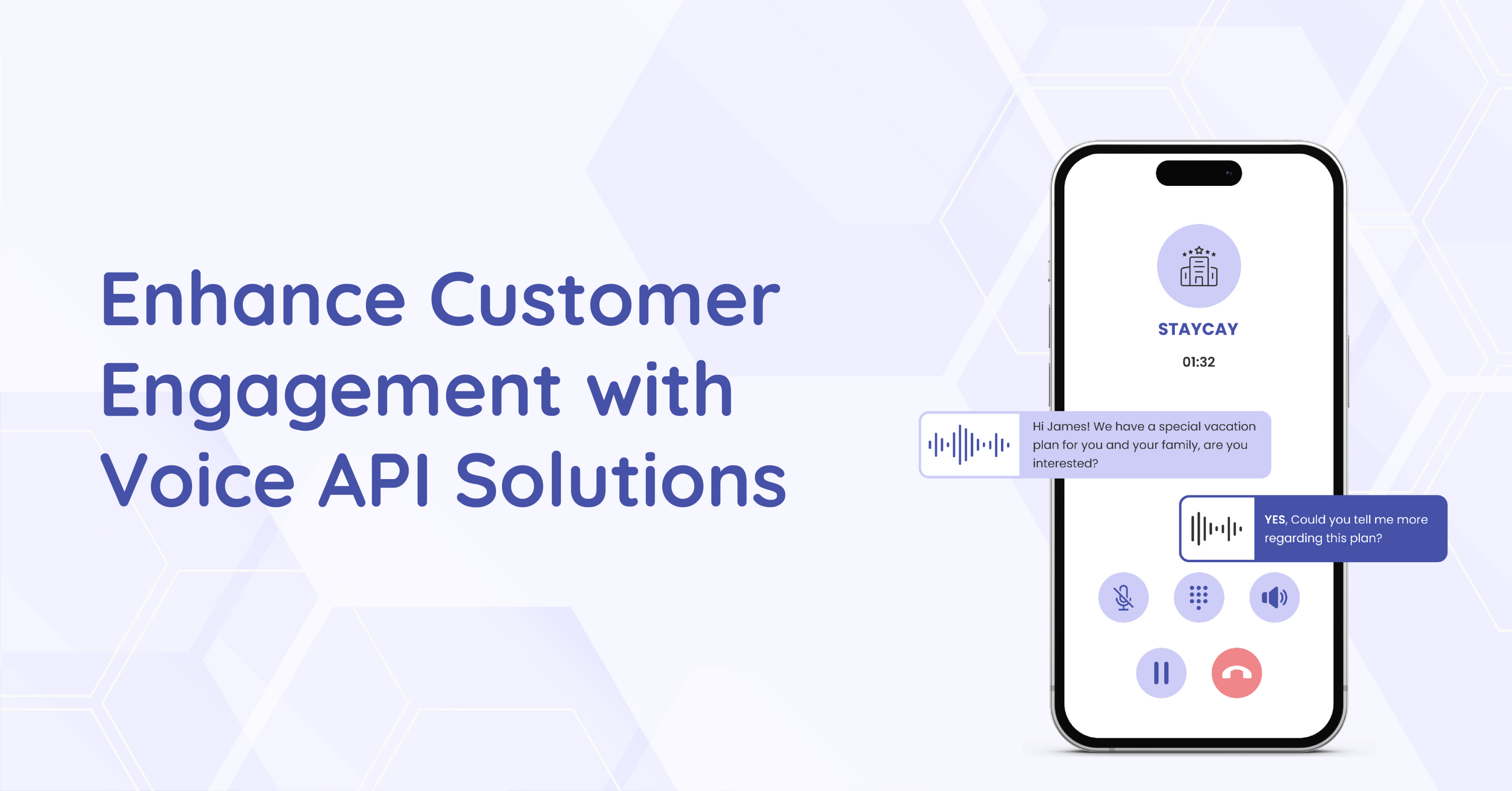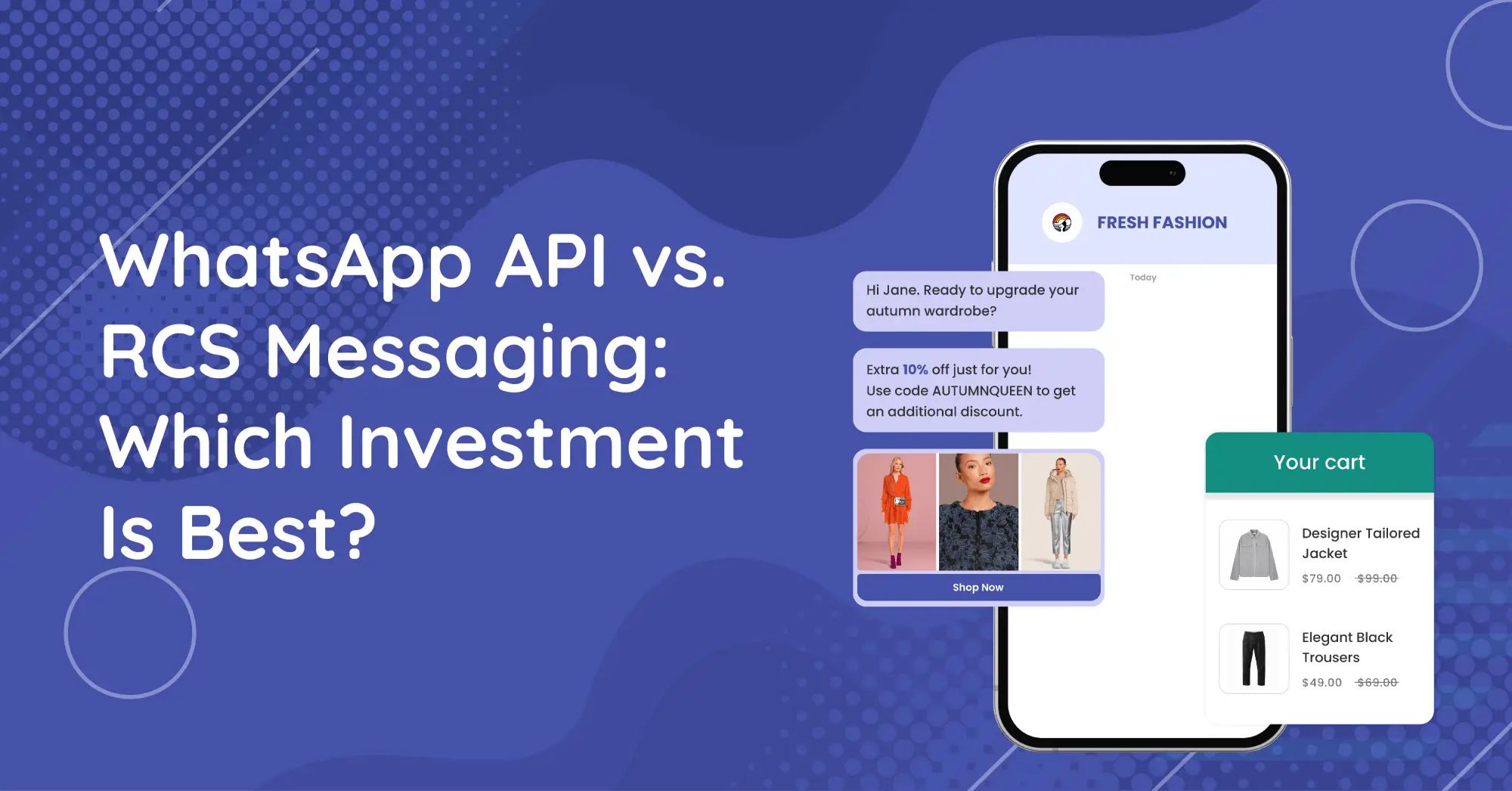As businesses seek faster, more effective ways to engage their audience, customer communication is constantly improving.
SMS, or Short Message Service, has long been the go-to solution, but a new contender, RCS or Rich Communication Services, is changing the game.
Businesses now, understand the differences between SMS and RCS, their impact on customer communication, and how to future-proof their messaging strategy.
This article breaks down SMS vs. RCS, their advantages, key trends, and what businesses should prepare for in the future.
What is SMS?
SMS is the oldest and most widely used text messaging system. Introduced in the 1990s, SMS allows users to send text-based messages of up to 160 characters over cellular networks.
Why Businesses Use SMS for Customer Communication
- Universal Compatibility: Works on any mobile phone, even without the internet
- High Open Rates: SMS has a 98 percent open rate, much higher than email
- Reliability: Messages are delivered through cellular networks, even in low-signal areas
- Cost-Effective: Businesses can send SMS at a relatively low cost
Limitations of SMS
- No Rich Media: Only supports plain text, no images, videos, or buttons
- Character Limit: Limited to 160 characters per message
- No Read Receipts: Businesses cannot track if the message was read
- Lack of Interactivity: No option for quick replies, carousels, or buttons
While SMS remains a reliable communication tool, customer expectations have changed, and businesses need more engaging ways to communicate.
What is RCS Messaging?
RCS is the next generation of SMS, offering multimedia capabilities, interactivity, and analytics. It transforms basic text messages into rich, app-like conversations.
Why Businesses Are Moving to RCS Messaging
- Multimedia Support: Send images, videos, GIFs, and carousels
- Interactive Buttons: Customers can click, book, or reply instantly
- Read Receipts and Typing Indicators: Know when a customer has read your message
- Branded Messaging: Businesses can send messages with logos and verification badges
- Better Customer Engagement: Customers can reply to messages, complete transactions, and interact within the chat
Limitations of RCS Messaging
- Internet Required: Unlike SMS, RCS needs an internet connection
- Limited iOS Support: Apple’s iMessage does not support RCS yet
- Carrier and Device Dependency: Not all networks and phones support RCS
- Higher Cost: More expensive than SMS, depending on the business messaging provider
SMS vs. RCS: A Side-by-Side Comparison
Feature | SMS | RCS |
Message Type | Plain Text | Rich Media (Images, Videos, Buttons) |
Internet Required | No | Yes |
Character Limit | 160 | No Limit |
Read Receipts | No | Yes |
Interactive Buttons | No | Yes |
Branding Support | No | Yes (Logos, Verified Accounts) |
Delivery Confirmation | Yes | Yes |
Cost | Low | Higher |
While SMS remains a reliable communication tool, RCS brings richer experiences that are more engaging, interactive, and measurable.
RCS Messaging Trends: The Future of Customer Communication
The future of customer communication is moving towards rich, interactive, and AI-driven messaging experiences. Below are some of the latest trends in RCS adoption and its impact on business messaging.
1. AI-Powered Chatbots in RCS
Businesses are using AI chatbots to handle customer inquiries, bookings, and support on RCS. AI-driven messaging can understand customer intent and deliver personalized responses.
Example: A retail company uses an AI chatbot on RCS to help customers browse products, check availability, and complete purchases, all within the chat window.
2. RCS is Becoming the Preferred Channel for E-commerce
E-commerce brands are shifting from SMS to RCS for product recommendations, order tracking, and abandoned cart recovery. Customers can view product images, watch demos, and complete purchases directly from the RCS chat.
Example: A fashion brand can increase conversions by sending interactive RCS messages with product images and “Buy Now” buttons.
3. Verified Business Messaging for Better Trust and Security
RCS allows businesses to have verified accounts, ensuring customers trust the messages they receive. This eliminates spammy SMS messages, and customers can instantly recognize legitimate businesses.
Example: Banks use verified RCS messages to send transaction alerts and fraud warnings, reducing phishing scams.
4. Higher Engagement Rates Compared to SMS and Email
RCS messages have higher engagement rates than SMS. Customers are more likely to interact with rich content rather than plain text.
Example: A travel agency used RCS instead of SMS for promotions, and click-through rates increased.
5. Google’s Push for RCS Adoption
Google is actively promoting RCS as the future of messaging, encouraging carriers and businesses to adopt it. More Android devices now come with Google Messages, which supports RCS by default.

With Google leading the RCS movement, adoption rates will continue to grow in the coming years.
Should Your Business Use SMS or RCS?
When to Use SMS
- Universal Reach: Works on all devices, making it ideal for broad audience communication.
- Urgent Alerts & Reminders: Reliable for time-sensitive messages like OTPs and appointment confirmations.
- Limited Internet Access: Perfect for customers in areas with poor or no internet connectivity.
- Cost-Effective: Cheaper than RCS, making it suitable for businesses with budget constraints.
When to Use RCS
- Rich Media & Interactive Messaging: Supports images, videos, carousels, and quick-reply buttons.
- Higher Engagement: More visually appealing and interactive, increasing customer interaction.
- Seamless Shopping & Booking: Allows in-message purchases, reservations, and chatbot integration.
- Branding & Security: Verified sender IDs enhance trust and prevent phishing attempts.
How to Future-Proof Your Messaging Strategy
To stay ahead in customer communication, businesses must adapt to emerging messaging trends.
1. Pick the Right Messaging Platform
Why limit yourself to just SMS or RCS when you can have both? A platform that supports both ensures your messages reach everyone, whether they’re using a basic phone or the latest smartphone.
2. Make It Personal
Ever received a generic “Hey, valued customer” message and ignored it? Your customers feel the same. AI-driven messaging lets you send personalized recommendations and automated responses that actually feel human.

3. Track What Works (and What Doesn’t)
Are your messages getting read? Are people clicking on links? Monitoring open rates, read receipts, and conversions helps you tweak your approach and get better results.
The bottom line? Blend SMS and RCS, personalize your messaging, track your impact, and stay ahead of tech shifts. That’s how you future-proof your communication.
The Future of Customer Communication
SMS is still relevant for reaching all users, but RCS is the future of customer engagement. Businesses that adopt RCS now will gain a competitive edge in customer communication.
With AI, automation, and multimedia messaging, RCS is set to transform how businesses connect with customers.
While SMS ensures universal reach and reliability, RCS delivers richer, more engaging experiences. Businesses that adapt to this shift will stay ahead in customer communication.
With Technocore Logic, integrating both SMS and RCS becomes seamless, helping you future-proof your messaging strategy while enhancing engagement. Ready to take your business communication to the next level? Technocore Logic makes it effortless.

